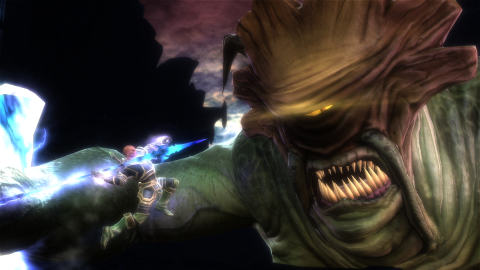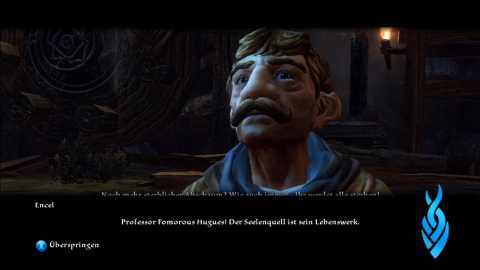
It is not known exactly why the Watchers want her, but one thing the Union does know is that if anything were to happen to the Goddess, disaster would fall upon the world.Ĭaim fights the empire to protect his sister, but his hatred for the empire due to the death of his parents drives him into a furious bloodlust. The Watchers are determined to get their hands on a young girl selected to be the Goddess of the Seal, Furiae, who just so happens to be Caim’s sister.

But Caim is a much darker, deeper character with a much more intriguing tale than what is at first presented.Ĭaim is a soldier fighting for the Union army, which is currently engaged in a war with an empire of zombie-like humanoid creatures who take their orders from entities known as the “Watchers”. Caim, the hero of Drakengard, at first seems like your average, anonymous badass out for bloody vengeance (in this case, for the death of his parents in the jaws of an imperial black dragon), the quintessential star of every modern beat’em up. The game is a lot more story-heavy than every other similar game out there, and the story of Drakengard is surprisingly more original and refreshing than most of Square Enix’s RPGs. The game was originally set to be released by Enix, but the Square Enix merger occurred in April of that year, and thus, Drag-On-Dragoon was Square Enix’s first published title, giving it some kind of sensational expectations as the new company’s first game.ĭrakengard is unique to the beat-em up genre in many ways. Drakengard‘s development began at around the same time cavia was developing Capcom’s light-gun shooter, Resident Evil: Dead Aim. One game in particular that has been cast aside in favor of its hype-driven cousins is cavia’s Drakengard, which defies almost all common knowledge of what a beat-em up should be.ĭrakengard was only the second game developed by cavia, a small company that definitely seems to have an appreciation of oldschool, arcade-style gaming. One of these branches is the “musou” subgenre, popularized by Koei and named after the Japanese title of the Dynasty Warriors series, known as Shin Sangoku Musou.


Even today with games that have garnered major critical acclaim like Devil May Cry, Ninja Gaiden, and God of War, which are essentially just glorified entries of the arcade-born genre, beat-em ups still show their clout as an evolving entity. But almost since their inception, the genre ups have been reinventing themselves from as early as the late 80s with games like River City Ransom, which introduced common RPG elements to a genre on the complete opposite end of the gaming spectrum. Ever since the days of Double Dragon and Final Fight, beat-em ups have been evolving and adapting to modern gaming conventions.


 0 kommentar(er)
0 kommentar(er)
